By Elizabeth Ayoola
Essence
Reprinted – by Texas Metro News
https://www.essence.com/
The 12-year-old wore a strapless gown to the “Mufasa” movie premiere, which some internet users thought was inappropriate.
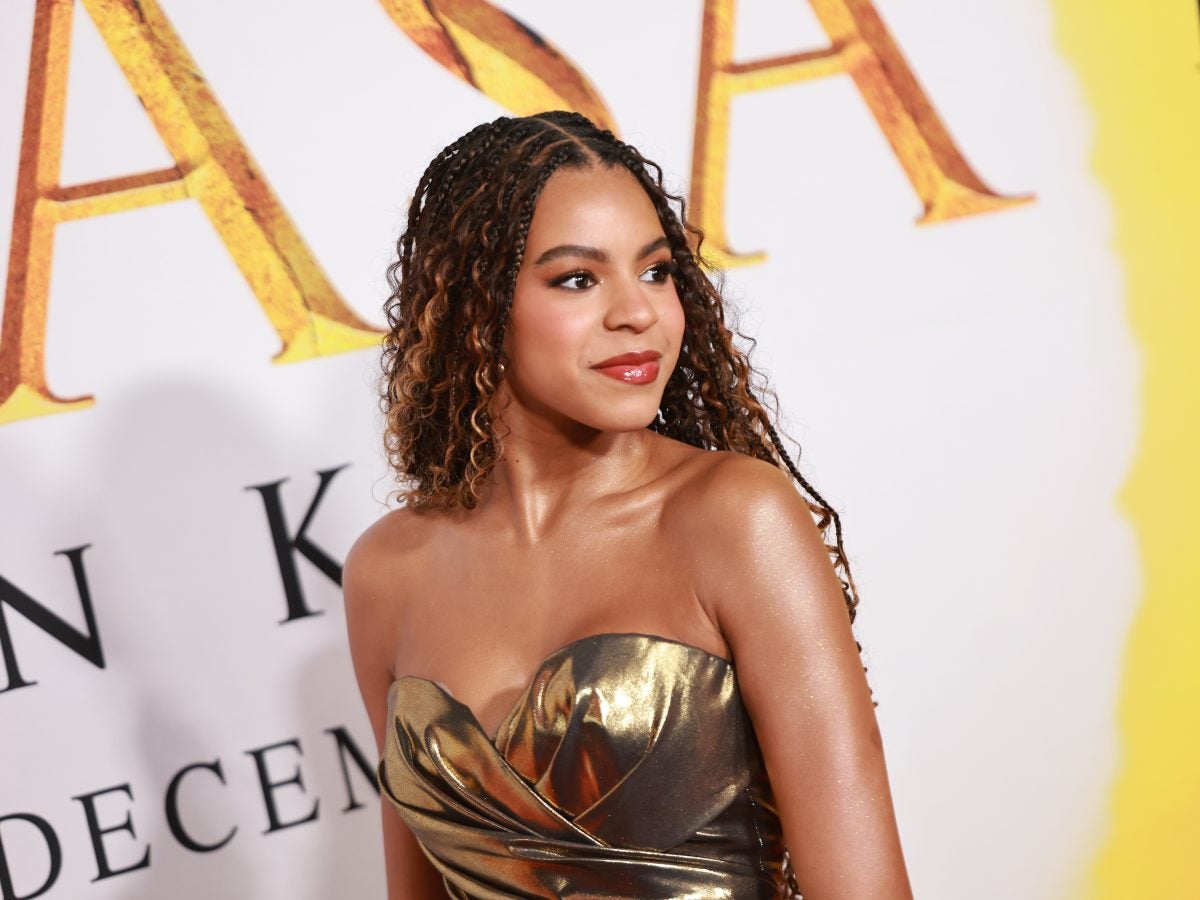
I grew up in the 90s–arguably one of the best decades. When I was 12, I would hop on my bike and ride about two miles to the boys and girls club, giddy about showing off my outfits. One of them might have been a triangular crop top showing off my midriff and some hot pants. I would only wear these outfits when my parents weren’t home because I’d be seen as ‘fast,’ ‘too grown,’ or told to ‘dress modestly.’ I would also be asked to change expeditiously. When I put on those clothes, I felt attractive and at home in my body. But the adults around me wanted me to feel shame when I wore these clothes, which created dissonance for me.
Fast forward to about two decades later, and I’m still seeing staunch views about young girls not being too grown and parents being berated if they are. The most current example I can pull out of my back pocket is the outrage over Blue Ivy Carter’s outfit at the recent Mufasa movie premiere. The 12-year-old wore a stunning custom-gilded gown by Christian Siriano. The outrage is about the top of the dress–which is strapless– showing off a hint of her cleavage, I guess.
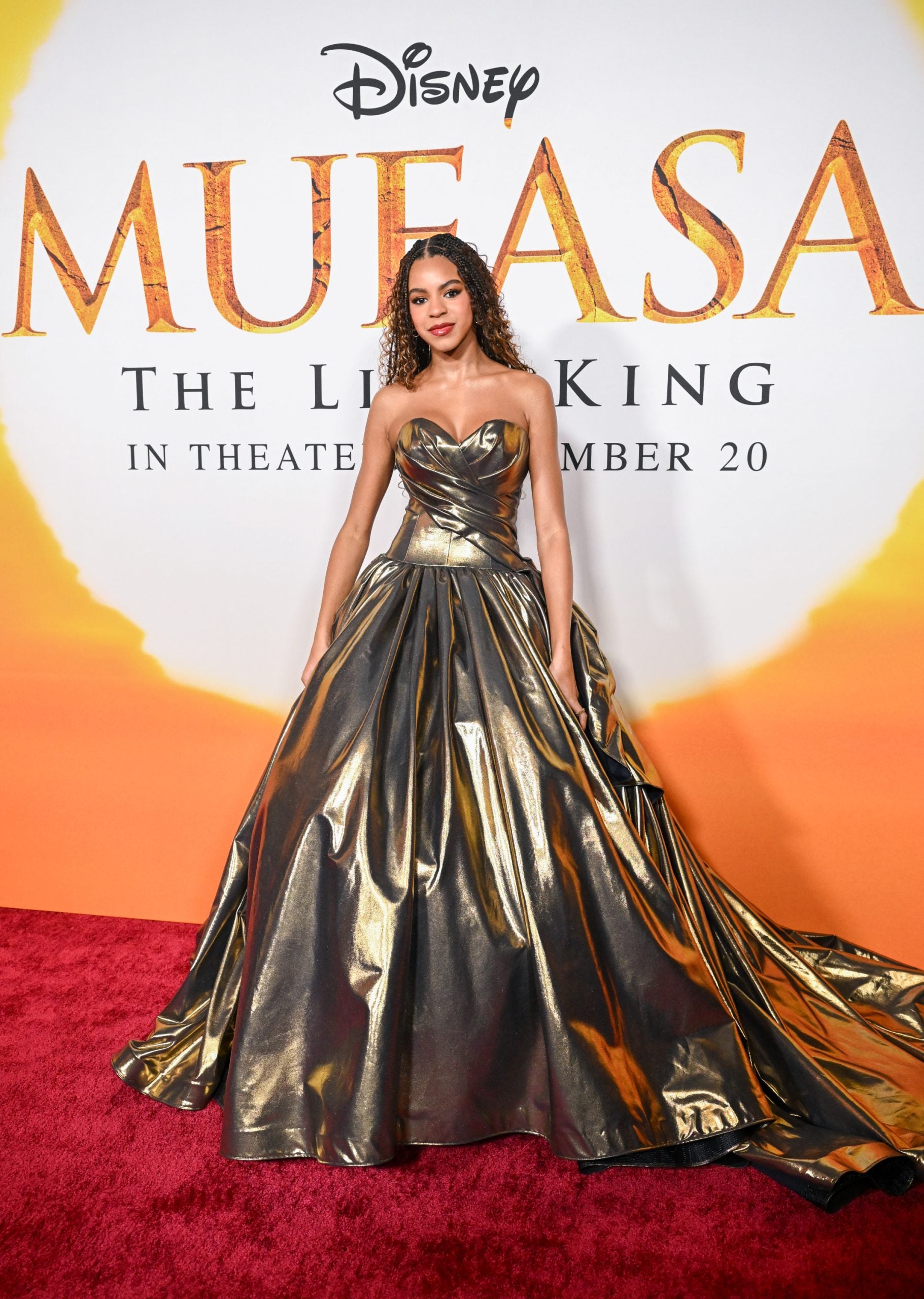
I’m not here to talk about whether Blue Ivy’s dress was age-appropriate because the truth is, like many things in this world, that’s subjective. Instead, I want us to ask, ‘Why are we so afraid of young girls being ‘fast’ or ‘too grown,’ be it by wearing a strapless dress, painting nails, dancing, and winding?’
A common argument I’ve heard is that if you’re doing all the grown woman things now, you won’t have anything to look forward to when you’re older. Respectfully, I think that argument is baseless. I doubt young girls grow up to be unfulfilled women because they’ve been wearing crop tops since they were six. Another argument I hear is that when young girls dress ‘inappropriately’ or ‘provocatively,’ it makes them vulnerable to sexual predators. This is closer to the truth of what we are trying to say. The underlying message is that when young girls are acting too grown, they become vulnerable to sexual harassment or sexual abuse.
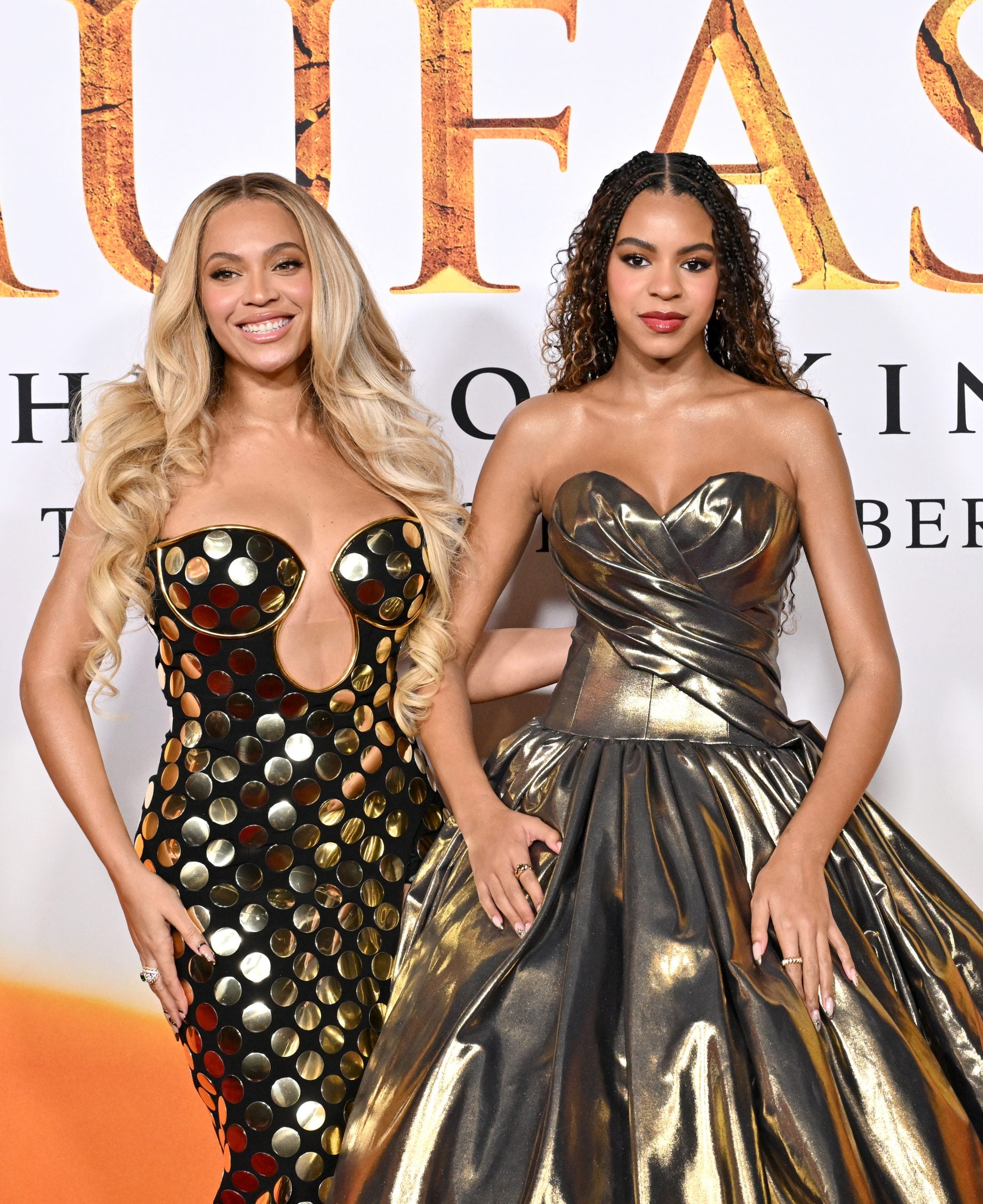
While I think the intention here is sometimes pure–to protect young girls–the messaging is harmful. The idea that it is a girl’s or woman’s responsibility to ward off the male gaze and sexual predators by dressing appropriately is erroneous. To tell girls that by ‘revealing too much,’ they’re sending the wrong message is to tell sexual abusers that they’re invited to violate young women if they dress in a way that tempts them. It’s an age-old school of thought and one that puts too much responsibility on young girls and their parents and not enough on sexual abusers and the systems that enable them. This messaging is harmful because it absolves sexual predators from their responsibility to be non-violent beings.
The messaging is also made of the same fabric as victim-shaming. It’s giving, ‘Why did you go to his house?’ and ‘If you weren’t dressed so provocatively, that wouldn’t have happened.’ We can probably all agree sexual violence victims were not all dressed provocatively. Sexual assault is usually about power and humiliation, not a provocative outfit igniting the need to fulfill a sexual urge.
Many of us may also not be ready to engage in conversations about the hypersexualization of kids, specifically Black girls. Children should not be perceived as sexy by adults, no matter what they are wearing. Blue Ivy was not dressed sexy. The real issue is that adults who think Blue was dressed too sexy still see young girls and women as sexual objects of male desire. Typically, young boys aren’t objectified in the same way. I may have missed the outrage over 12-year-old boys dressing and acting too grown. And no, these just aren’t my opinions.
A report by the American Psychological Association (APA) on the sexualization of girls in the media found that girls are depicted sexually more often than boys.
We need to have more conversations about bodily autonomy between both boys and girls, especially within the Black community, where we have experienced a long history of violence and been robbed of bodily autonomy that continues to haunt us. To date, Black women are disproportionately at risk of sexual violence. More than 20% of Black women are raped during their lifetimes—a higher share than among women overall, according to the Institute for Women’s Policy Research.
I acknowledge how deep-seated that trauma is, but the answer isn’t telling girls or women what to wear. Instead of asking girls not to dress grown, we can talk about consent and how it shows up. We can have shame-free conversations about self-respect and collaborate with kids to express that in their clothing choices. Let’s remind girls that their bodies are theirs and that they are safe. While also reminding boys that women’s bodies do not belong to them and that they are capable of self-control. Even when cleavage is visible.
For girls to experience genuine autonomy over their bodies, we must give them room to explore, and that includes pushing boundaries sometimes. That might look like showing off a little midriff–it’s only sexual when an adult makes it so. Clothing can be a portal to finding your identity, especially as a young person. Trying on different clothes to find your style can be likened to trying on different identities until you find one that fits. Let them develop their sense of style without burdening them with the threat of sexual violence. While it is a real threat, it’s one that adults should be burdened with, not kids. Another thing is that we need more empathy for how hard life as a young girl can be. The fuss about Blue Ivy’s outfit reminds me of what it means to be a twelve-year-old girl trying to find a home in a shapeshifting body.
Cleavage forming, hormones erupting, hair poking through in what feels like strange places and wanting to dance on the peripherals of sexiness. Amidst all those changes, there’s the pressure to conform to society’s demands of modesty and morality. On that note, instead of seeing young girls dressed in sexy clothes, let’s see them as they are: young girls trying to figure out how to take up space and show up as their authentic selves.

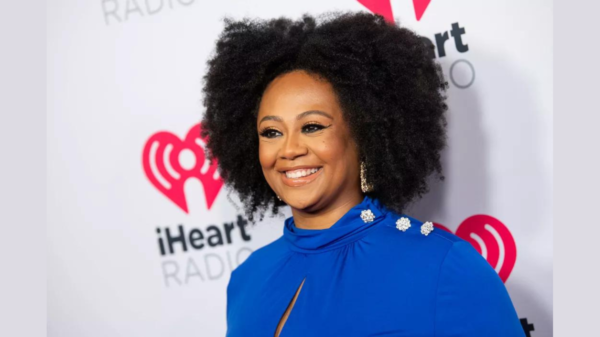
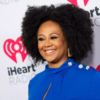




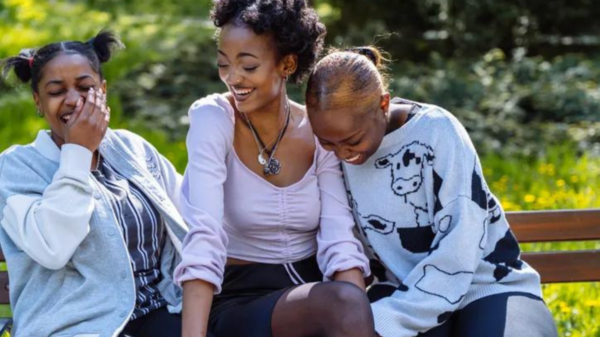

You must be logged in to post a comment Login